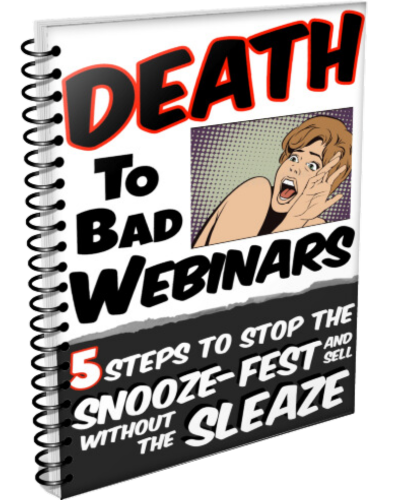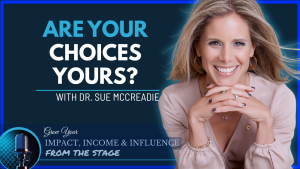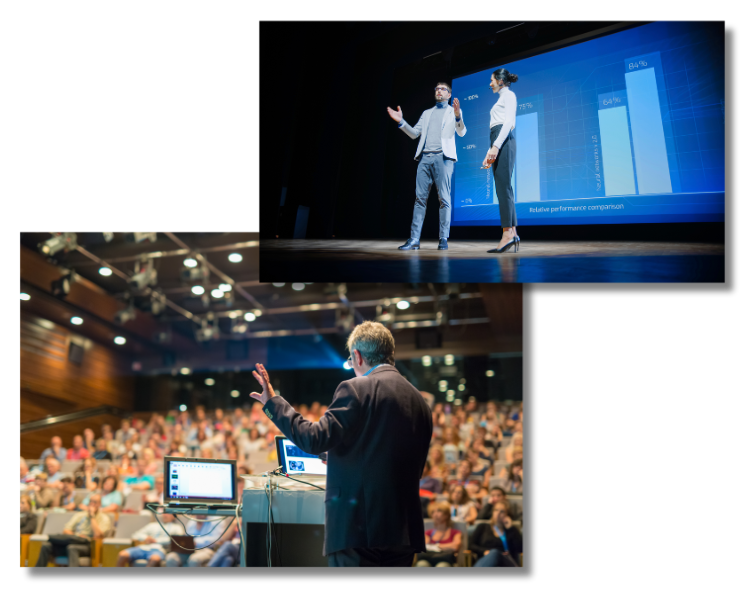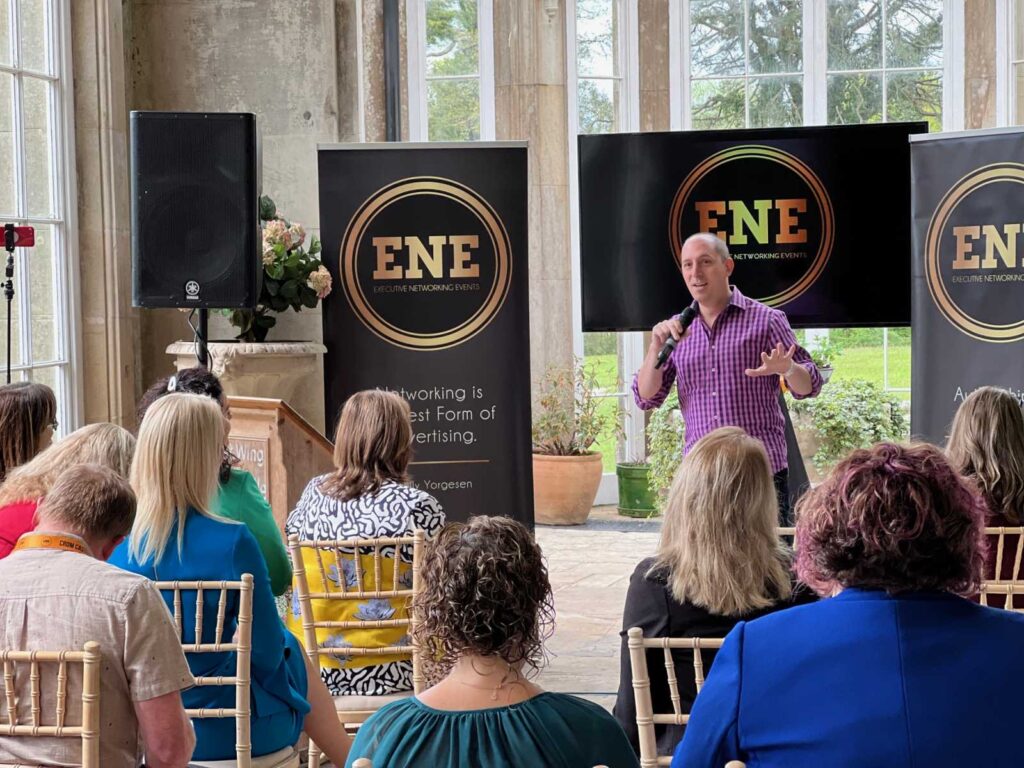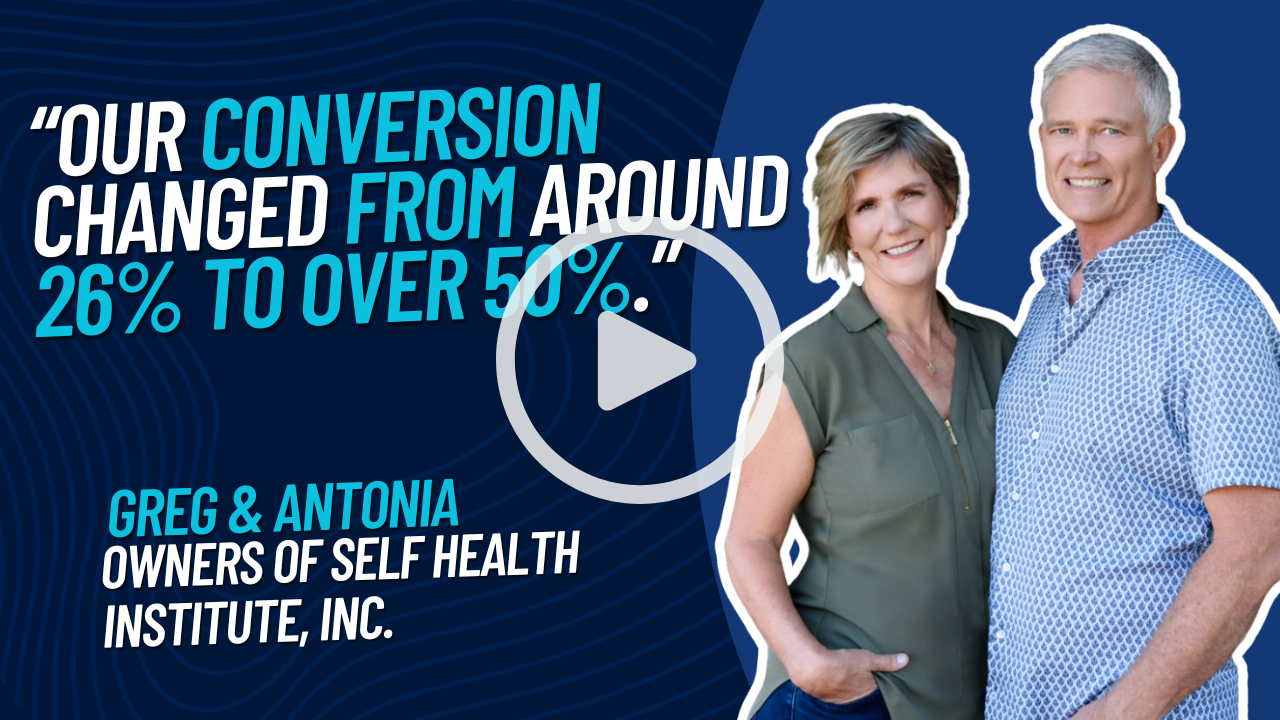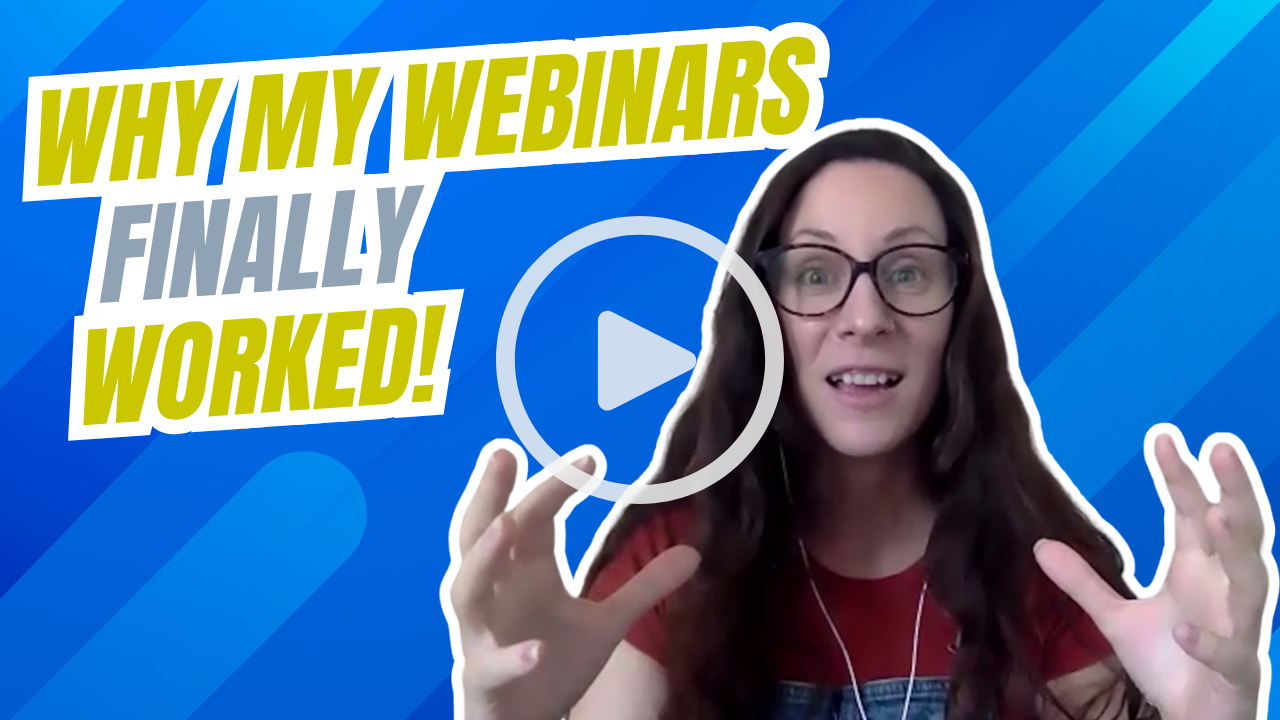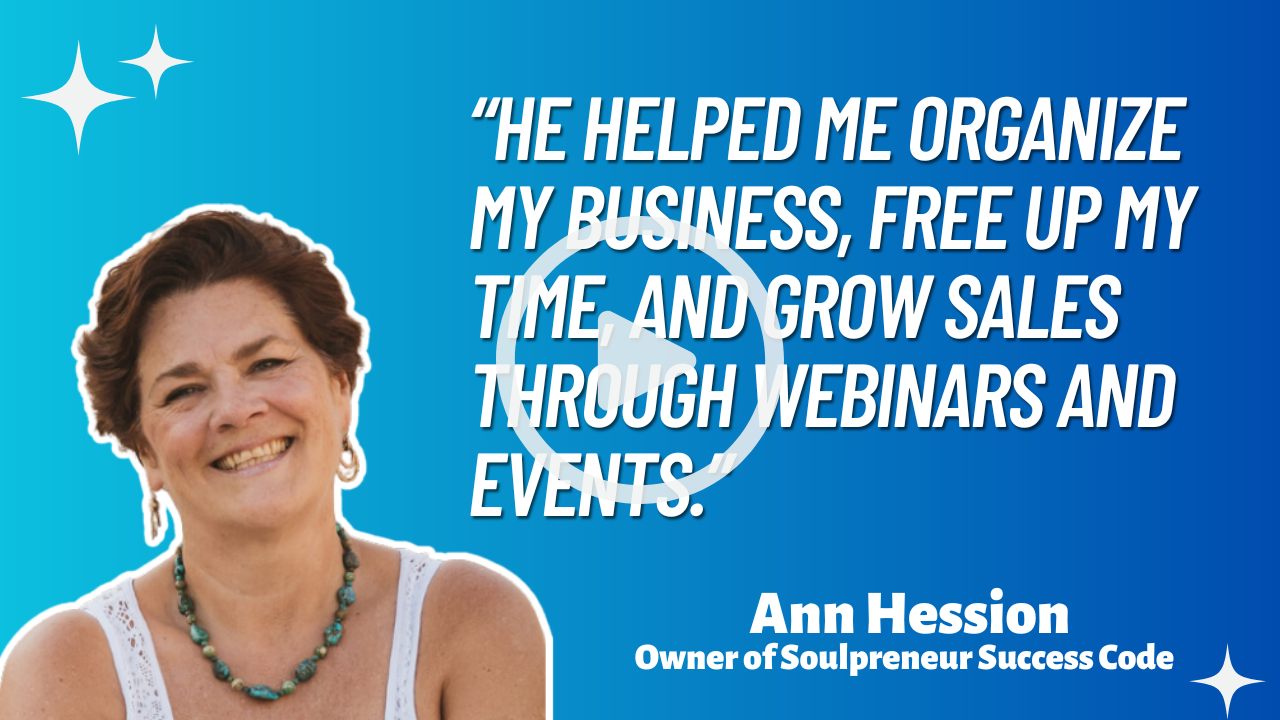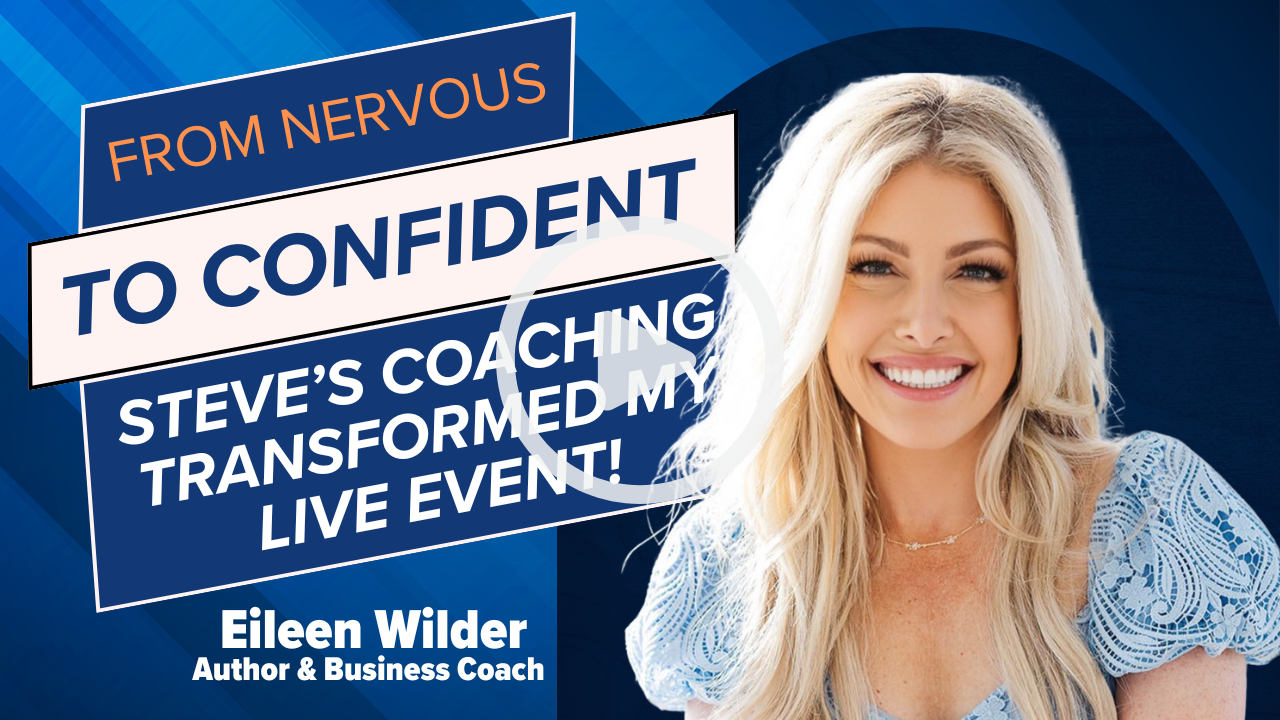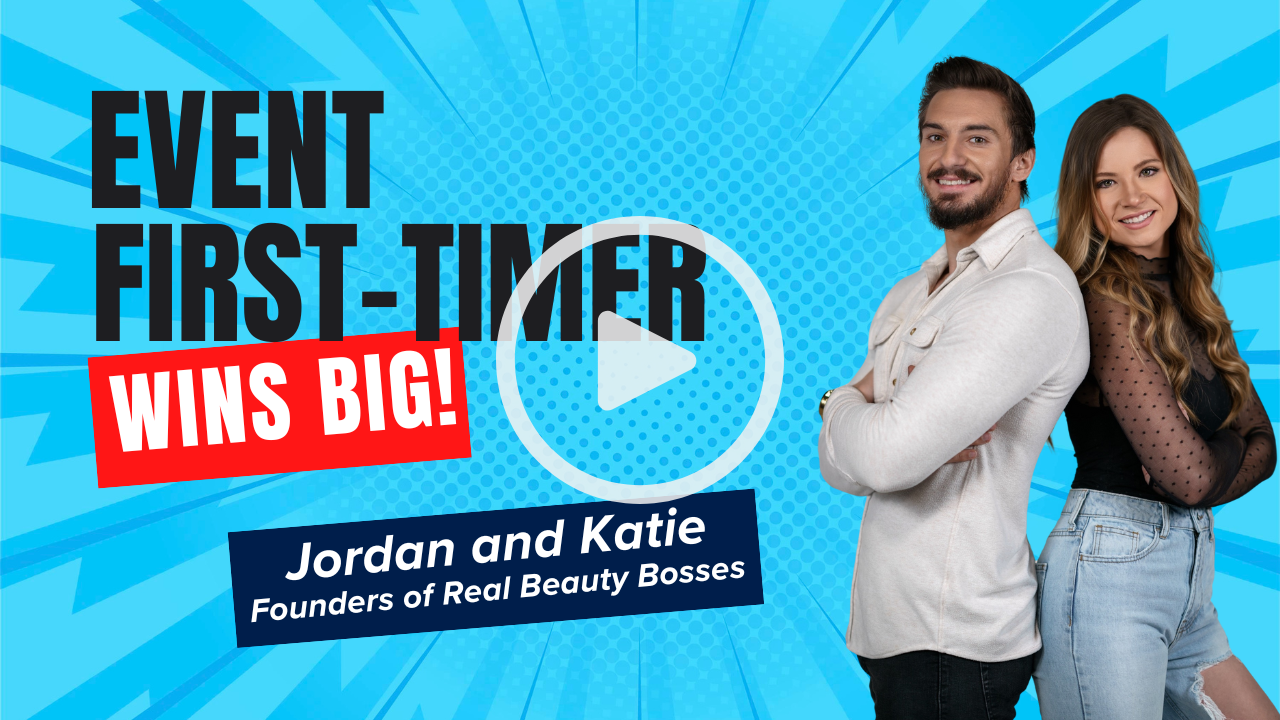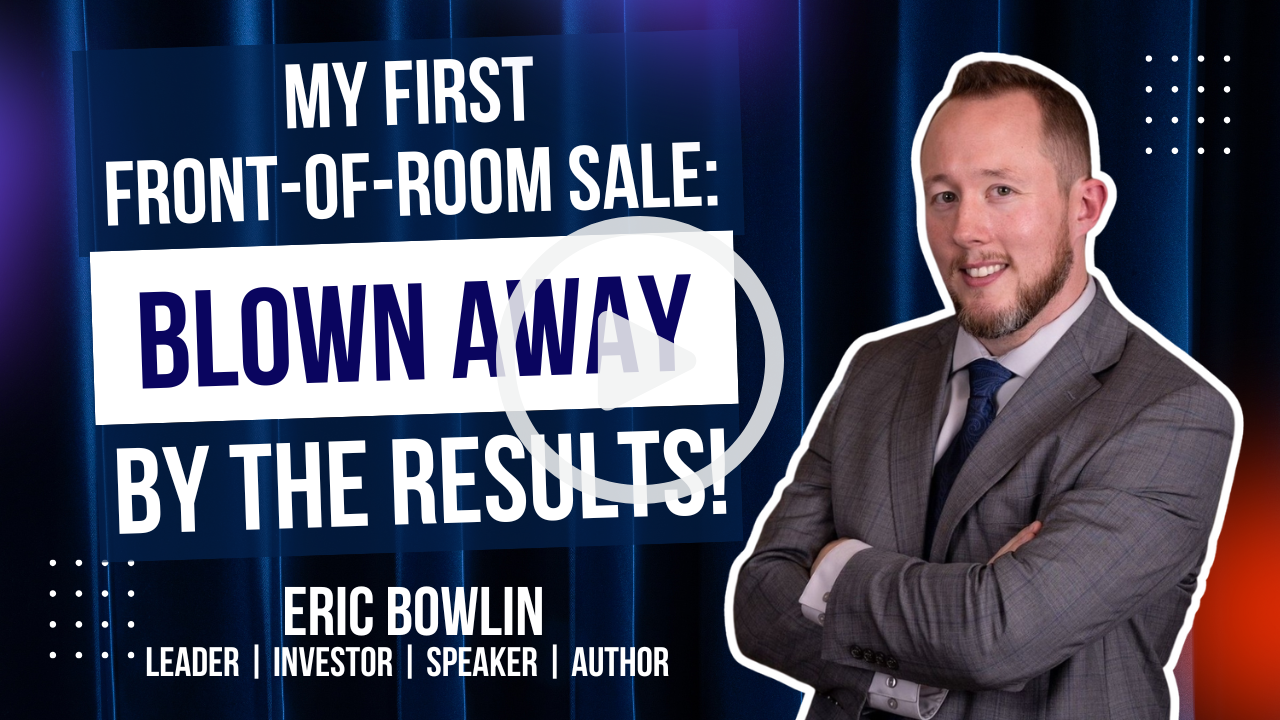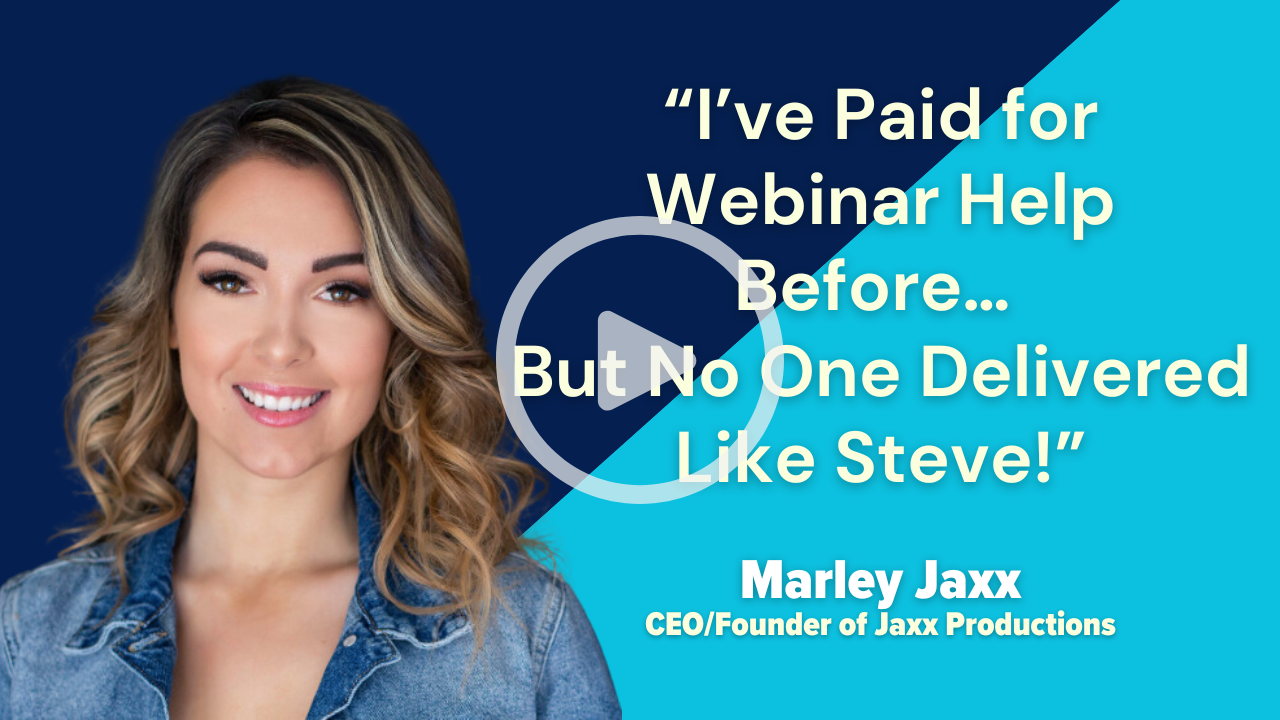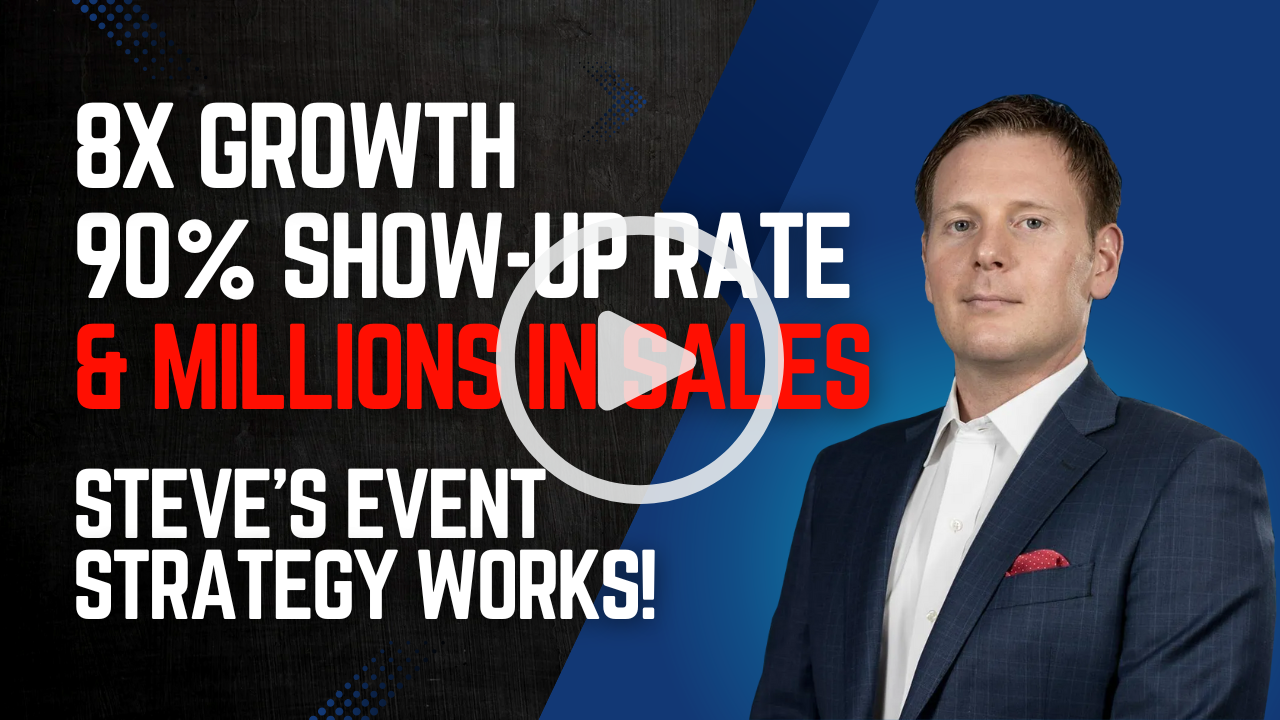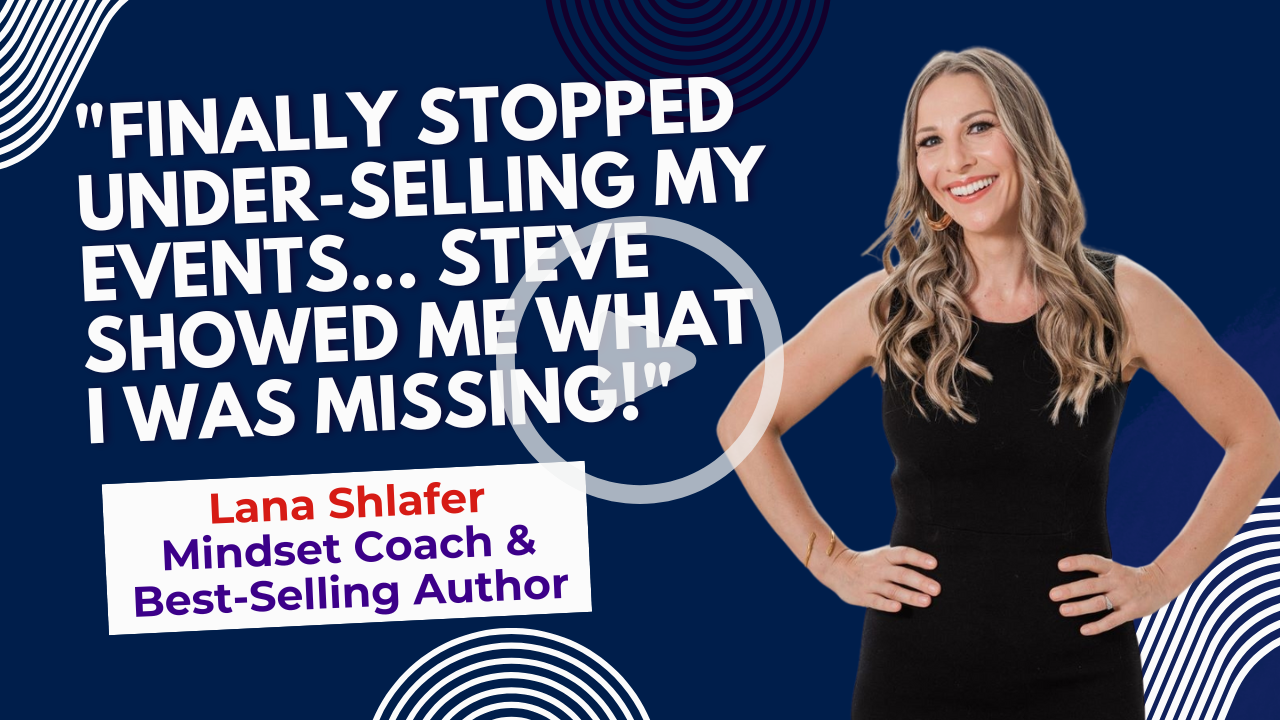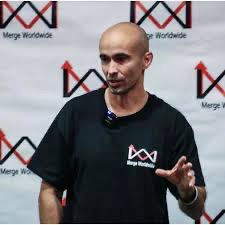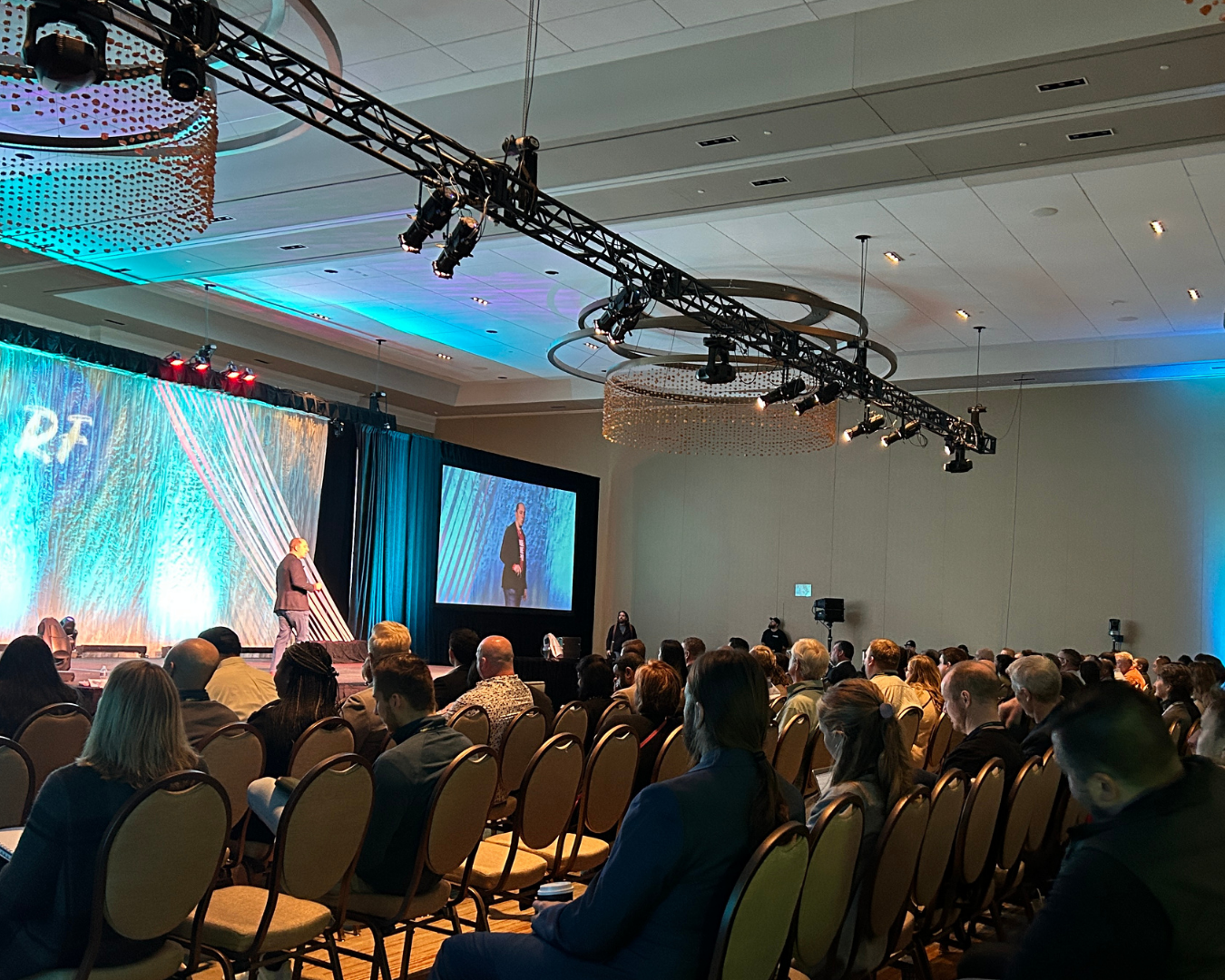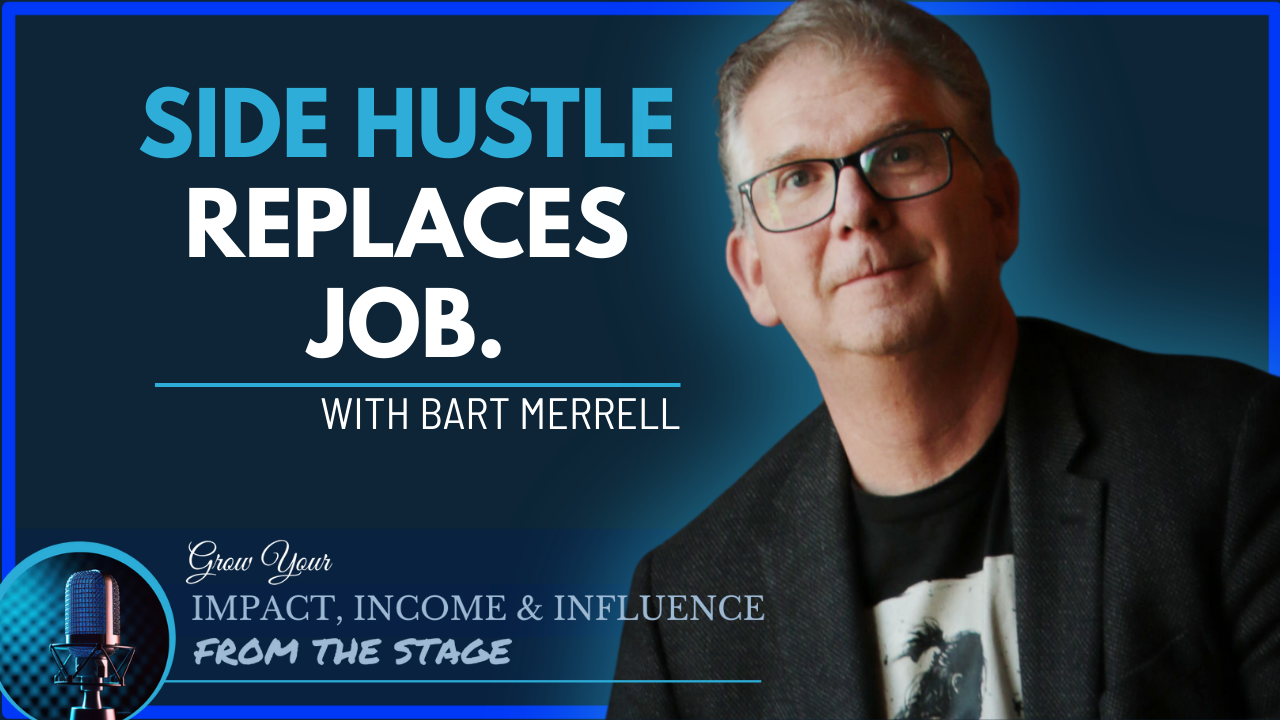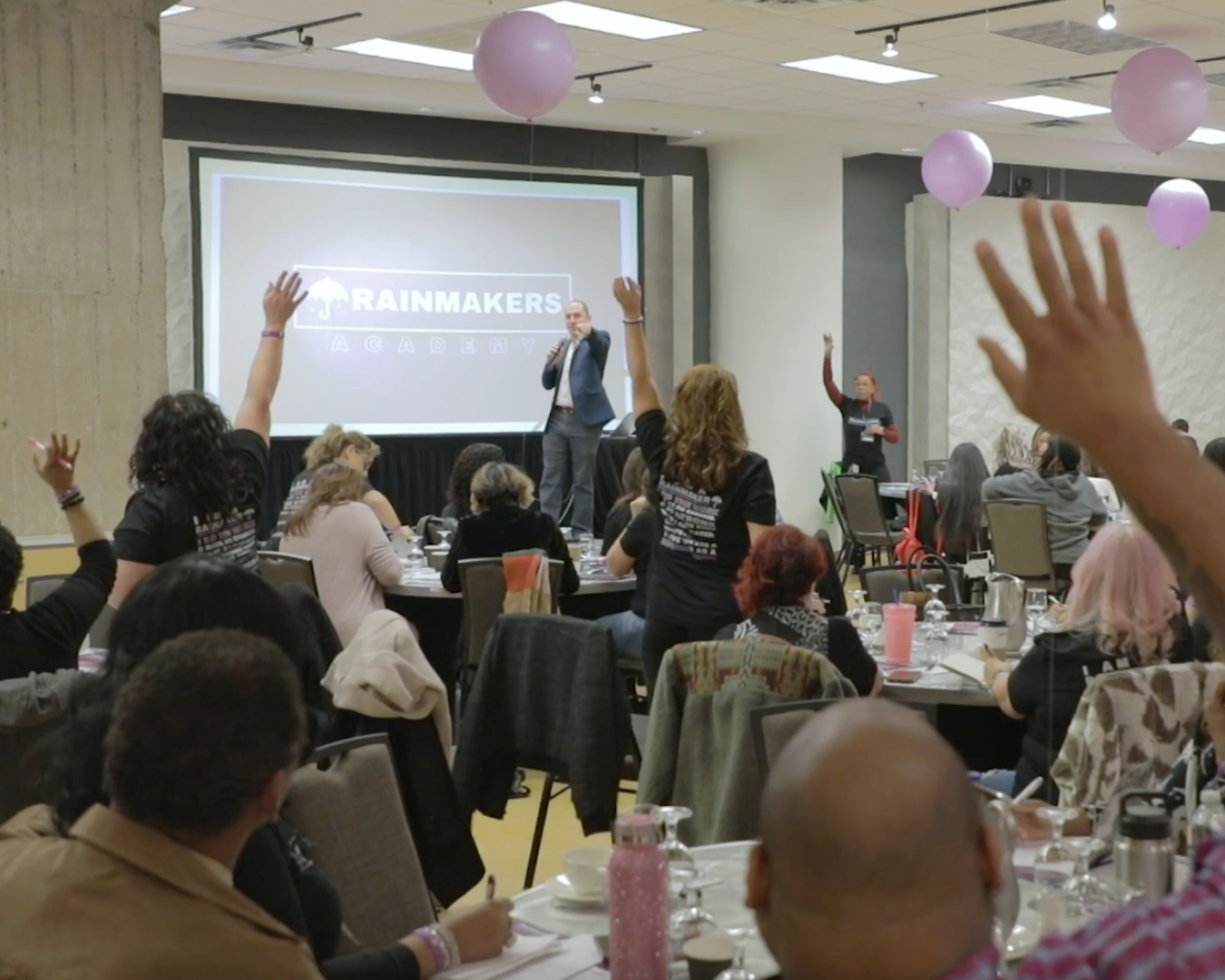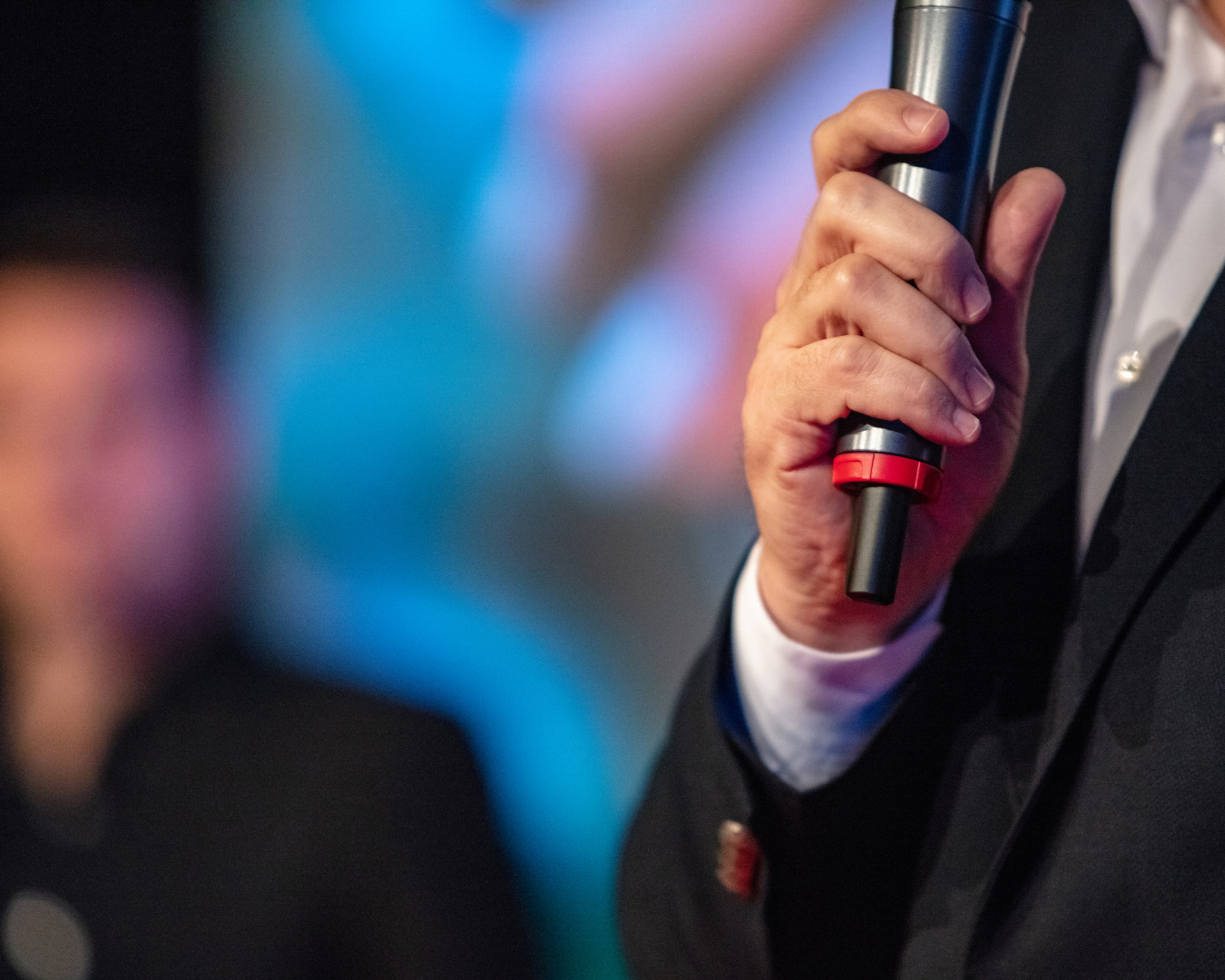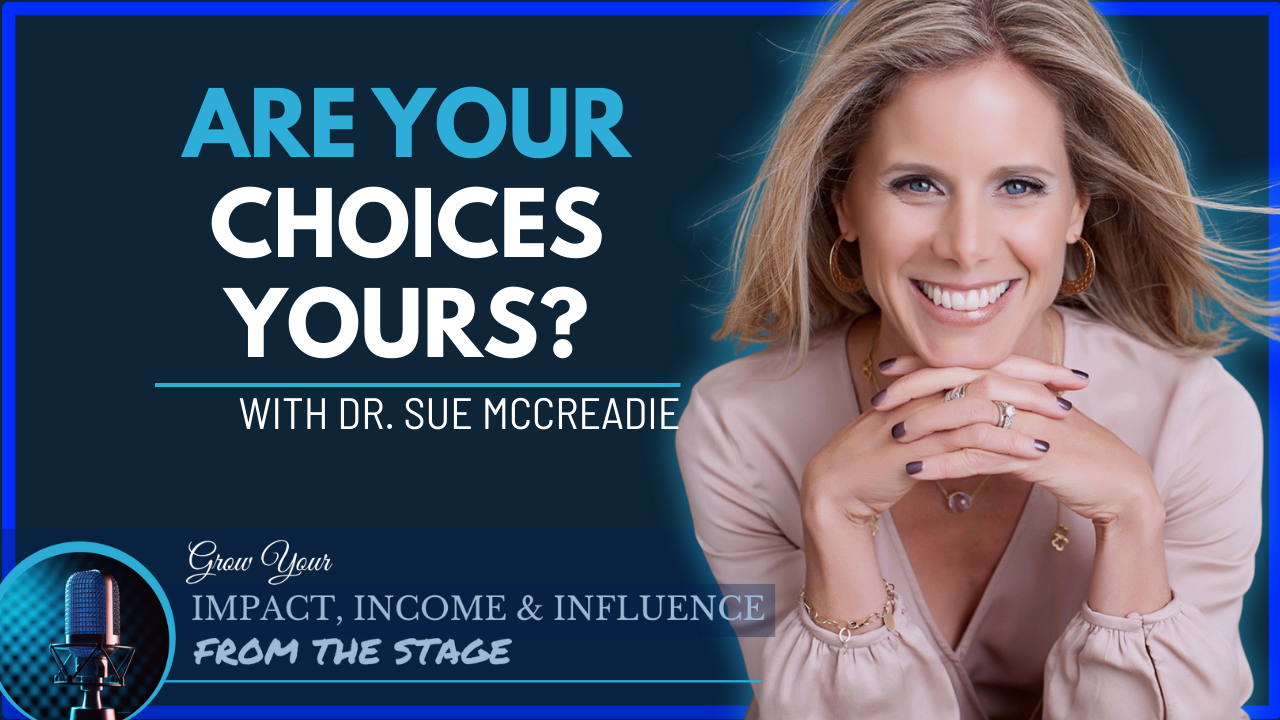You’ve got the right audience. The stage is set. You’re in a great venue, and people are listening.
But… they’re not buying.

What happened?
Here’s the hard truth: conversion rate doesn’t just depend on the quality of your landing page, your email list, or even your offer.
It depends on the emotional journey you take them on.

Pop in your email below, and we’ll zip it straight to your inbox so you never lose it!
It’s Not Just About Logic—It’s About Emotional Intelligence
One of the biggest mistakes I see event hosts, funnel builders, and marketers make?
They craft their pitch for the logical brain. Bullet points. Value stacks. Scarcity-driven CTAs.
But here’s the problem: the part of the brain that decides to pull out a credit card? That’s not driven by logic. It’s driven by emotion.
If you’re not using emotional intelligence to guide the room’s energy and build trust moment by moment, you’ll see clicks, nods, and applause—but no actual conversions.
Before You Optimize the Funnel, Align with the Feelings
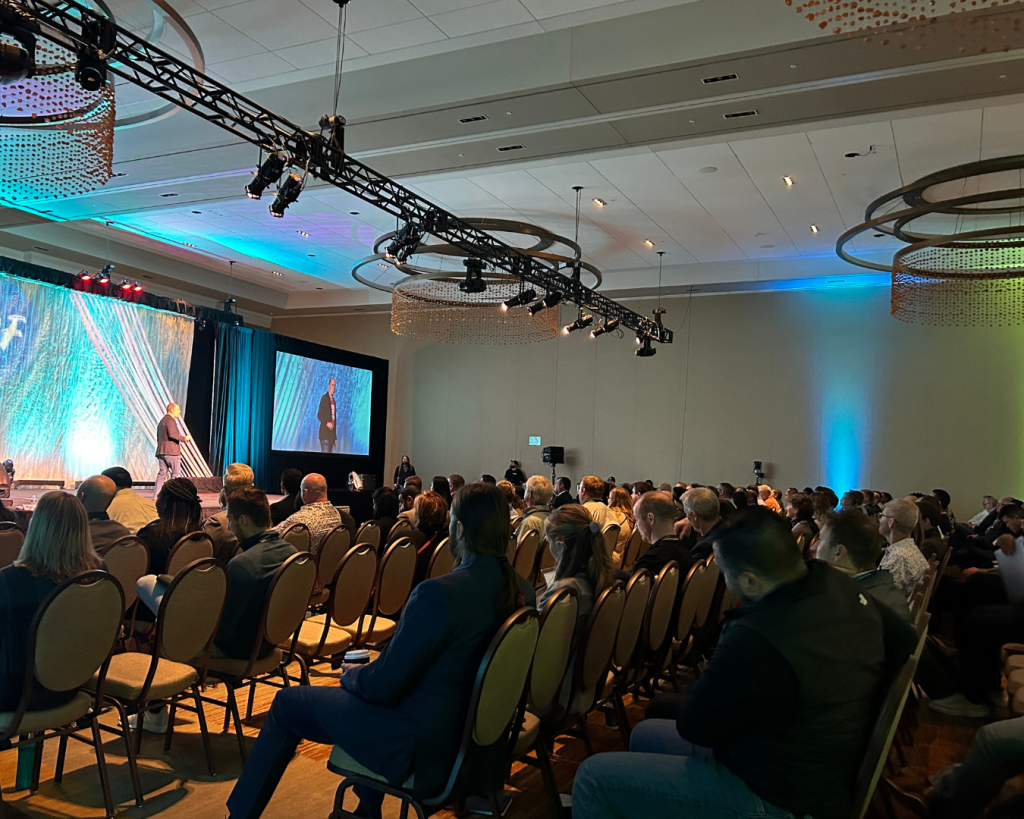
Yes, your ad creatives, your landing page, your funnel—they all need to be tight.
But more importantly, they need to align with where your target audience is emotionally.
Ask yourself:
Are they feeling overwhelmed, skeptical, or excited?
Are you meeting them with empathy or steamrolling them with urgency?
Are you building a bridge from emotional distress to clarity?
You can’t optimize for higher conversions if you’re ignoring the emotional state of your attendees.
The Right Story Helps People Gain Perspective (and Take Action)
This is why storytelling works so well—because it bypasses resistance.
When you tell the right story, it helps people gain perspective. It speaks to their lived experience. It tells them, “I see you. You’re not broken. You’re just stuck.”
And that opens the door to self-compassion. It creates space for a new identity. It makes them more open to your offer.
This is especially true for audiences going through difficult times or recovering from a traumatic event. They need emotional energy to make decisions—and they’re not going to trust someone who doesn’t feel empathetic.
You Can’t Bypass Emotions—You Have to Manage Them
This is where most presenters and event hosts go wrong.
They try to avoid negative people, skip the “messy middle,” or pretend mindset isn’t a factor. But if you don’t help people reconnect to their body and mind, they’ll stay stuck in their head.
They’ll stay in “maybe.”
This is why I always build in time to slow down before the pitch. To address the resistance. To give the room time to breathe.
When you do that? You create room for transformation. You maintain a positive energy that moves people—not pressures them.
Self-Care Is a Sales Strategy
Let’s flip the script:
If your audience needs to be able to heal from something—shame, failure, fear—before they say yes, then self-care isn’t a soft topic. It’s a conversion tool.
This is where emotional intelligence shines. When you know how to read the room, shift energy, and meet people where they are, you get valuable insights that no amount of analytics can give you.
And when you pair that emotional clarity with strategic CTAs, testimonials, and a clear call to action?
You’re no longer selling.
You’re guiding.
Real Connection Boosts Conversion Rate (and Long-Term Loyalty)
So the next time you’re planning a landing page, warming up a room, or building out your event type, remember:
People don’t convert because of a perfectly written CTA—they convert because they feel understood.
They buy because your story mirrors their own. Because you’re making a conscious effort to guide them through their internal conflict—not just pitch a product.
And that’s the stuff that builds brand awareness, customer loyalty, and yes—higher conversions over time.

